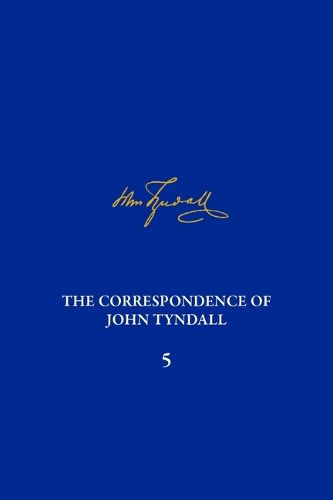Readings Newsletter
Become a Readings Member to make your shopping experience even easier.
Sign in or sign up for free!
You’re not far away from qualifying for FREE standard shipping within Australia
You’ve qualified for FREE standard shipping within Australia
The cart is loading…






This volume contains 266 letters covering a period of twenty-two months, when Tyndall was in his midthirties and had been employed by the Royal Institution as professor of natural philosophysince September 1853. Many of the letters printed here concern the lectures he delivered at the RI and other institutions and his attempt to establish his reputation as a researcher. Although he published in several other areas-including the cleavage of rocks, colorblindness, and glaciers-the main focus of his research was the newly discovered and problematic phenomenon of diamagnetism. Tyndall reported his experimental results and theoretical views on this subject in several lectures and papers that greatly enhanced his scientific standing, which was further extended by his contact with other scientists, not only in London but across the British Isles and in France and Germany. By the end of this period, Tyndall was a man of science with a European reputation that was recognized in November 1856 when the Royal Society elected him a member of its Council.
$9.00 standard shipping within Australia
FREE standard shipping within Australia for orders over $100.00
Express & International shipping calculated at checkout
This volume contains 266 letters covering a period of twenty-two months, when Tyndall was in his midthirties and had been employed by the Royal Institution as professor of natural philosophysince September 1853. Many of the letters printed here concern the lectures he delivered at the RI and other institutions and his attempt to establish his reputation as a researcher. Although he published in several other areas-including the cleavage of rocks, colorblindness, and glaciers-the main focus of his research was the newly discovered and problematic phenomenon of diamagnetism. Tyndall reported his experimental results and theoretical views on this subject in several lectures and papers that greatly enhanced his scientific standing, which was further extended by his contact with other scientists, not only in London but across the British Isles and in France and Germany. By the end of this period, Tyndall was a man of science with a European reputation that was recognized in November 1856 when the Royal Society elected him a member of its Council.